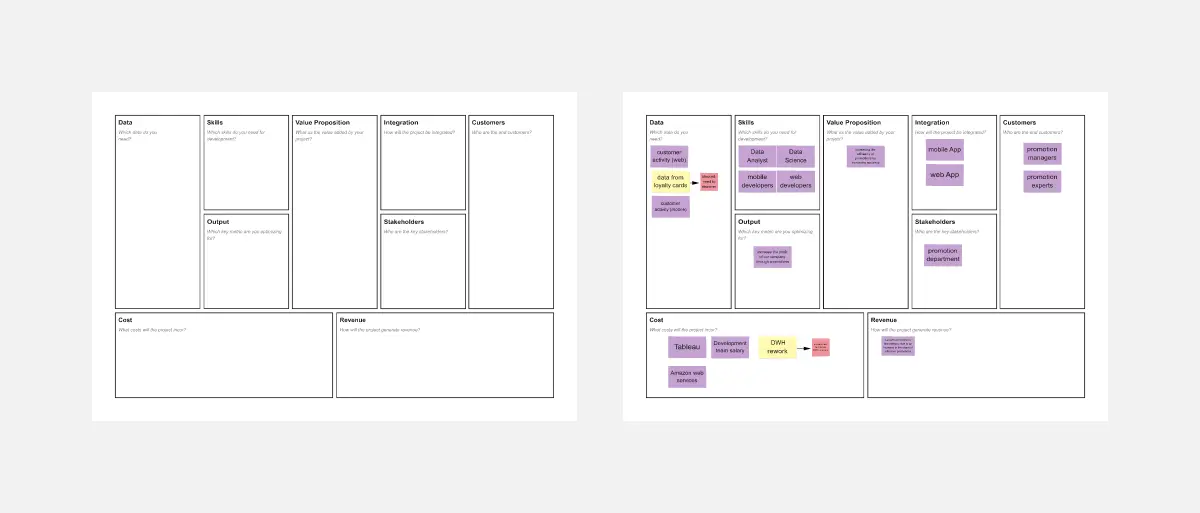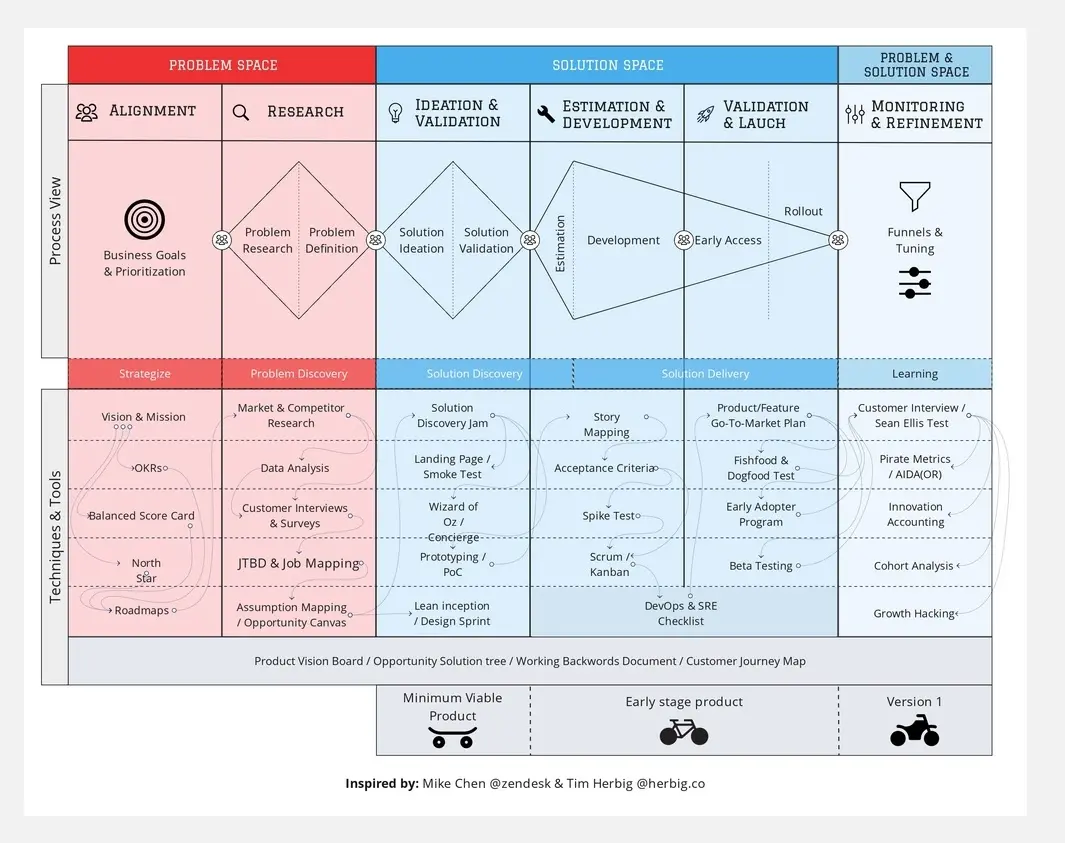Instructions
STATIK stands for the System Thinking Approach To Introducing Kanban. You apply this approach to model and understand the business environment in which some service is delivered to customers (which may be product development or a project workflow, to be clear) and to design and introduce a Kanban system with the intent to stimulate this service to improve.
Context for Change
This section captures the internal and external (from customer’s perspective) sources of dissatisfaction and variability. Stories collected in this section often contain words that reveal work item types, hidden risk information, odd patterns of demand, unmet expectations (used in Section 2 – Demand Analysis), external and specialist dependencies (Section 3 – Workflow Mapping), implicit classes of service (Section 4).
Demand Analysis
This section contains the demand analysis template.
The following information is collected for each work item type:
Source – where the requests to deliver this type of work item arrive from
Destination – where the results of work are delivered to
Arrival rate - This must be a number of requests per unit of time. (“We have 300 items in the backlog” is not good enough. If you get this answer, ask where they come from and how.)
Nature of Demand – note any patterns.
Customer’s delivery expectations, even if unreasonable.
Workflow Mapping
Map the workflow for each work item type. Note the similarities and variations. Pay attention to concurrent and unordered activities, too. Note external dependencies, specialist risks, etc.
Classes of Service
For each work item type, specify which class(es) of service are being provided, their policies, and delivery expectations.
Input and Output Cadences
Specify them for every work item type. You can also add an existing service calendar to the section
Kanban Board Visualization Design
This section is intended to be a simple sketch helping the delivery team, manager and coach figure out the major outlines of the visual board. These may include swim lanes, two-tier structure, use of color, etc. There should not be any need to make this section a miniature replica of the actual board.






